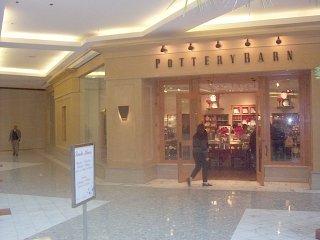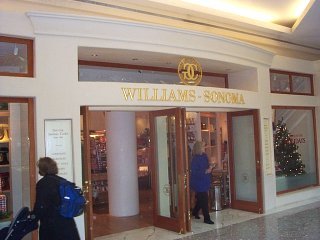What is marmorino ?
We put marmorino on the inside and outside of these retail stores in 1996. We did a Pottery Barn and 2 Williams-Sonoma stores.


I haven't wanted to work with marmorino since. I decided I'd rather work with real color plaster.
Marmorino isn't plaster. even though it is called venetian plaster and veneer plaster. Marmorino is a material that is made from lime, marble dust for and aggregate, and I think casein for an adhesive. Marmorino was first used in Italy in the late 1800's. Marmorino means "little marble". The material comes pre-mixed in a bucket, ready to put on the wall, except for the color. The color is added in at the jobsite, or the material can be ordered with the color mixed in.
Marmorino is made to put on painted drywall, or other finished wall surfaces. This should never be used over unpainted drywall. The boards and the joint compound absorb water differently, and you can read the joints and nail spots through the finish. If you put marmorino on unpainted drywall mud, it will peel when you go to trowel the wall down. As a suggestion, if you ever put on marmorino and there is bare drywall mud, it would be a good idea to carry a spray can of fast drying paint like kilz, to paint these areas first.
Marmorino should never be used for a plaster finish. Only if the plaster has a finish coat and has been painted. Even the hard troweled plaster finish is too porous.
We put marmorino on in two steps. We put on a thin scratch coat and let it set overnight. Then, we put on the finish and troweled it smooth.
You can get some cool color effects in marmorino. I can do the same with real plaster. Marmorino is thin and weak and scratches easily. Also, it can't be scrubbed with water without dissolving..
I decided in 1996 that I don't ever want to work with marmorino again. Real plaster is so much better.
There are other brands or types of faux plaster finishes like marmorino, and are billed as venetian plaster or veneer plaster. These finishes contain no plaster at all, and don't set up the same way. They mainly dry like drywall mud or paint.
Just telling you what I know.